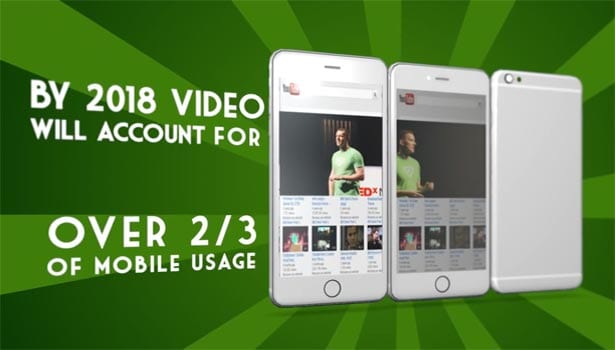Social Media Video – Socialnomics 2015 – Future Insights in 2 Minutes
In this new Social Media Video, “Socialnomics 2015”, (and the “Socialnomics 2017”, latest update) Erik Qualman shows us the way forward.
Eric Qualman wrote the book on the how’s and why’s of Social Media. And the influence Social Media has had on our personal and business lives. This new Social Media video is spot on. It’s insightful. It’s a must see. Anyone interested in where Social Media is headed in 2015 and beyond should watch it. Eric has also done an update to his original “Socialnomics” book. This second edition, like the first, is backed by extensive research. And that research was driven by hundreds of meetings and interviews. Those interviews and meetings were with Fortune 1000 companies, small businesses, colleges and universities, and non-profits. And Eric Qualman’s latest research was used in the making of this new Social Media video. Enjoy this best selling authors’ point of view in this brand new Social Media video. Take a look and let us know what you think. Do you think it’s spot on?

This new video on Social Media, “Socialnomics 2015”, is also available on 4thWEB’s Facebook Channel


 Vine is the latest social video marketing platform and it’s taking off like wildfire. CNET reports
Vine is the latest social video marketing platform and it’s taking off like wildfire. CNET reports 




